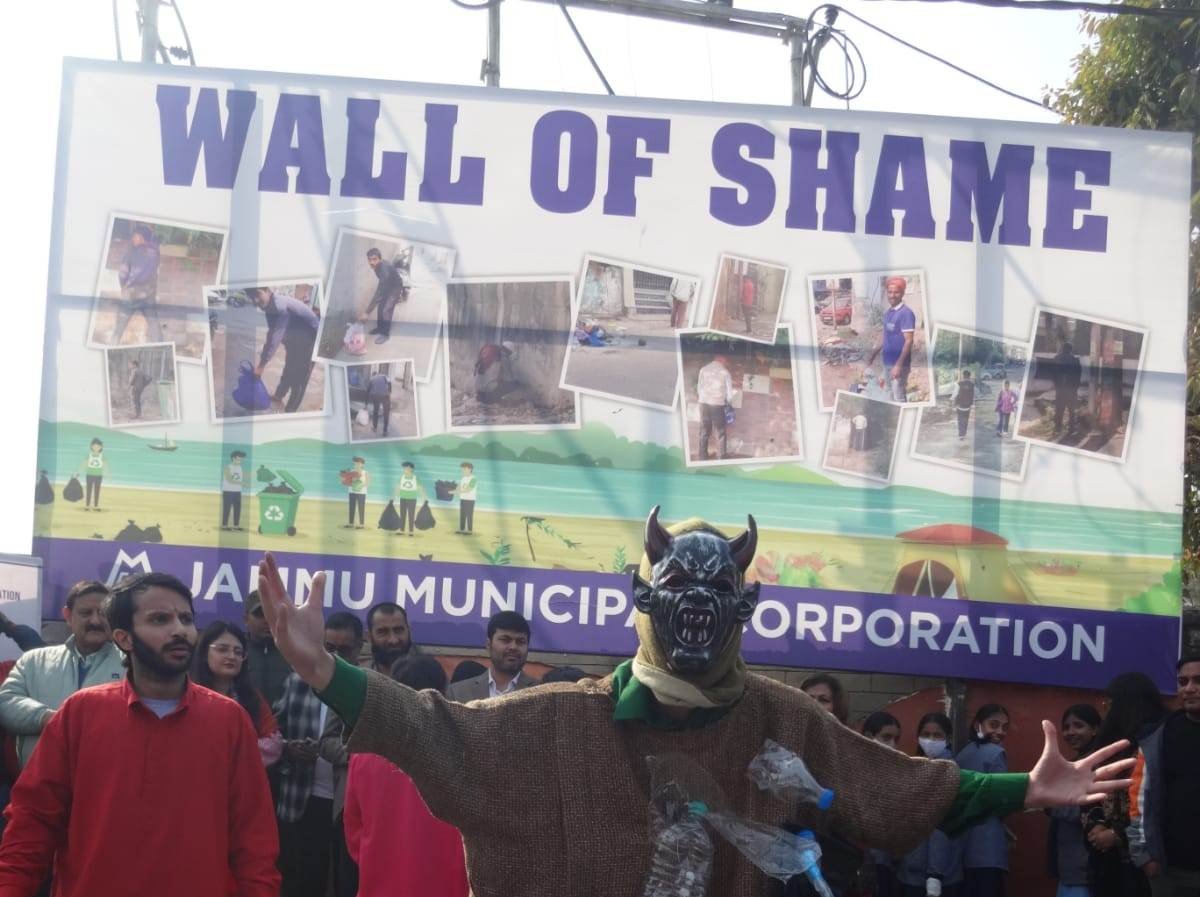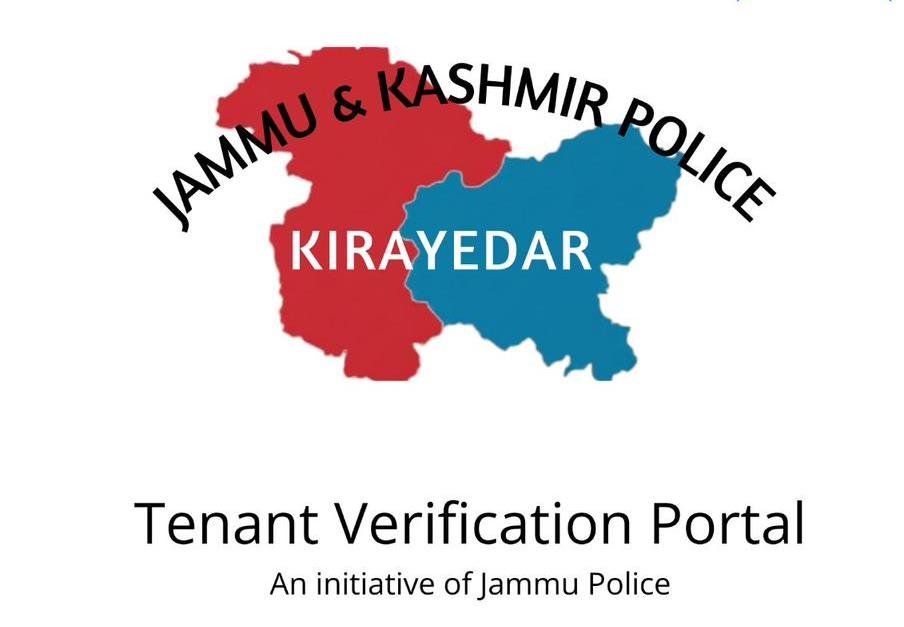As India rapidly transforms into a digital-first economy, the risks of cybercrime, online fraud, deepfakes, and synthetic media are multiplying at an alarming rate. Recognizing this, Google has unveiled its “Safety Charter for India”, a comprehensive blueprint aimed at ensuring digital trust, user protection, and responsible artificial intelligence (AI) development. This charter is more than a corporate declaration—it’s a nationwide digital safety mission designed to fight the evolving threats in India’s online ecosystem.
In this deep-dive, we’ll break down:
- What Google’s Safety Charter entails,
- Why it matters now more than ever,
- The key initiatives like Digikavach, Play Protect, and SynthID,
- How India is becoming a global testbed for AI-integrated cybersecurity,
- What it means for everyday users, businesses, and the government.
Let’s explore how this groundbreaking safety charter is reshaping India’s fight against digital threats.
Why Google’s Safety Charter Is Crucial for India Right Now
Rise in Cybercrime and Online Scams
According to a recent blogpost by Google:
- UPI-related frauds alone cost Indians ₹1,087 crore in 2024.
- If current trends continue, Indian businesses and users may lose up to ₹20,000 crore to cybercrime in 2025.
The online world has evolved rapidly—and so have the scammers. Cybercriminals now use AI-generated content, deepfake videos, voice cloning, and social engineering tactics to impersonate officials, hack systems, and steal data or money.
India’s Expanding Digital Landscape
With over 850 million internet users, India is the world’s second-largest online market. The boom in UPI (Unified Payments Interface), digital banking, and online commerce makes India both an opportunity and a target.
This landscape demands:
- A robust cybersecurity architecture,
- Active fraud detection,
- A public-private partnership to secure the digital backbone.
That’s where the Google Safety Charter becomes vital.
Key Pillars of Google’s Safety Charter in India
1. Protection from Online Frauds and Scams
One of Google’s major thrusts is using AI for proactive threat detection and user safety.
- Google Messages now blocks over 500 million scam texts every month.
- Search engine updates identify 20x more scam-related websites.
- Google has issued over 2.5 billion warnings to users about suspicious links using on-device AI.
- Google Pay prevented a staggering ₹13,000 crore in financial frauds during 2024.
These AI-powered interventions are not just statistics—they’re safeguarding real lives and savings.
2. AI-Powered ‘Digikavach’ Awareness Program
Google’s ‘Digikavach’ initiative, a public awareness campaign, has:
- Reached over 177 million Indians.
- Focused on financial safety and digital hygiene.
- Used AI-based tools to identify and halt fraud attempts.
This program not only alerts users but educates them on identifying scams—making them the first line of defense.
3. Secure Infrastructure for Government and Enterprises
Google is collaborating with Indian authorities and enterprises to:
- Share cross-sector intelligence,
- Build early threat detection systems,
- Implement AI-first, secure-by-design frameworks.
This means that institutions such as banks, hospitals, and government portals are being shielded from phishing, ransomware, and impersonation attacks.
For instance:
- Customer service impersonation attacks dropped by 80%.
- Fraud targeting government portals dropped by 70%.
4. Google Play Protect: Blocking Dangerous Apps
Since the October 2024 India pilot:
- Google Play Protect has stopped 6 crore+ high-risk apps from being installed.
- This protected around 1.3 crore Android users.
With app-based fraud on the rise, this move is a crucial safeguard, especially in semi-urban and rural areas where smartphone penetration is skyrocketing.
Innovations Supporting the Charter
1. AI Integration for Advanced Threat Detection
Google is embedding AI across its platforms—from Gmail to Chrome to Android—to monitor suspicious activities.
- AI flags phishing attempts, harmful links, and fraudulent messages in real-time.
- AI-generated insights are helping law enforcement identify scam patterns faster.
2. SynthID for Tackling Deepfakes and Synthetic Media
The rapid growth of AI-generated content has made it hard to distinguish between real and fake visuals.
Google’s SynthID tackles this by:
- Watermarking AI-generated content with invisible digital signatures.
- Already applied to over 10 billion assets globally.
- Helping platforms and journalists identify and manage manipulated content.
This is especially important during elections or crisis periods, when misinformation spreads like wildfire.
3. Post-Quantum Cryptography with IIT-Madras
To future-proof India’s digital infrastructure, Google has:
- Partnered with IIT-Madras on Post-Quantum Cryptography (PQC).
- Developed next-gen anonymous tokens for privacy-focused transactions.
These advancements will secure digital payments and interactions even in the face of quantum computing threats.
Regional Relevance: AI for India in Indian Languages
Google is localizing AI to ensure inclusivity and accuracy. Two major projects include:
- Gemini Language Testing: Fine-tunes AI in understanding and generating context-aware outputs in Indian scenarios.
- IndicGenBench: Focused on performance across 29 Indic languages, helping AI understand regional dialects, slang, and cultural nuances.
This ensures:
- Scam detection in multiple Indian languages.
- Better accessibility for non-English speakers.
- Higher trust and adoption in Tier-2 and Tier-3 cities.
What This Means for You: Users, Developers, and Institutions
For Users
- More secure Google apps with real-time fraud alerts.
- Reduced scam calls, texts, and links through AI filtering.
- Greater trust in online transactions and content.
For Developers
- Access to Google’s AI models and Secure-by-Design tools.
- Opportunities to innovate responsibly with SynthID and PQC protocols.
- Better localization support for Indic-language apps.
For Institutions & Government
- Collaborative threat intelligence.
- Higher protection from digital impersonation and data theft.
- Infrastructure support for next-gen secure systems.
Why Trust is Now the Foundation of Digital India
As Preeti Lobana, Vice President and Country Manager of Google India, rightly said:
“While the internet is a force multiplier for good, elements like safety, security and trust cannot be an afterthought.”
Her words underline a hard truth—trust is the bedrock of India’s digital aspirations.
Without it:
- Users won’t adopt UPI, e-governance, or e-health platforms.
- Businesses won’t digitize fully.
- Investments in digital transformation will stall.
With trust:
- India can become a global leader in safe and inclusive digital ecosystems.
- AI and digital platforms will empower millions rather than exploit them.
The Road Ahead: Toward a Safer Digital Bharat
Google’s Safety Charter for India is not a one-time fix—it’s the beginning of a long-term partnership between technology, governance, and society.
Its success depends on:
- Ongoing education of users through programs like Digikavach.
- Continued AI innovation with transparency tools like SynthID.
- Collaborative cybersecurity through public-private partnerships.
India stands at a defining moment: either let online fraud and deepfakes erode public trust—or take bold steps to protect and empower its citizens. With this Charter, Google has thrown its weight behind the latter.



















